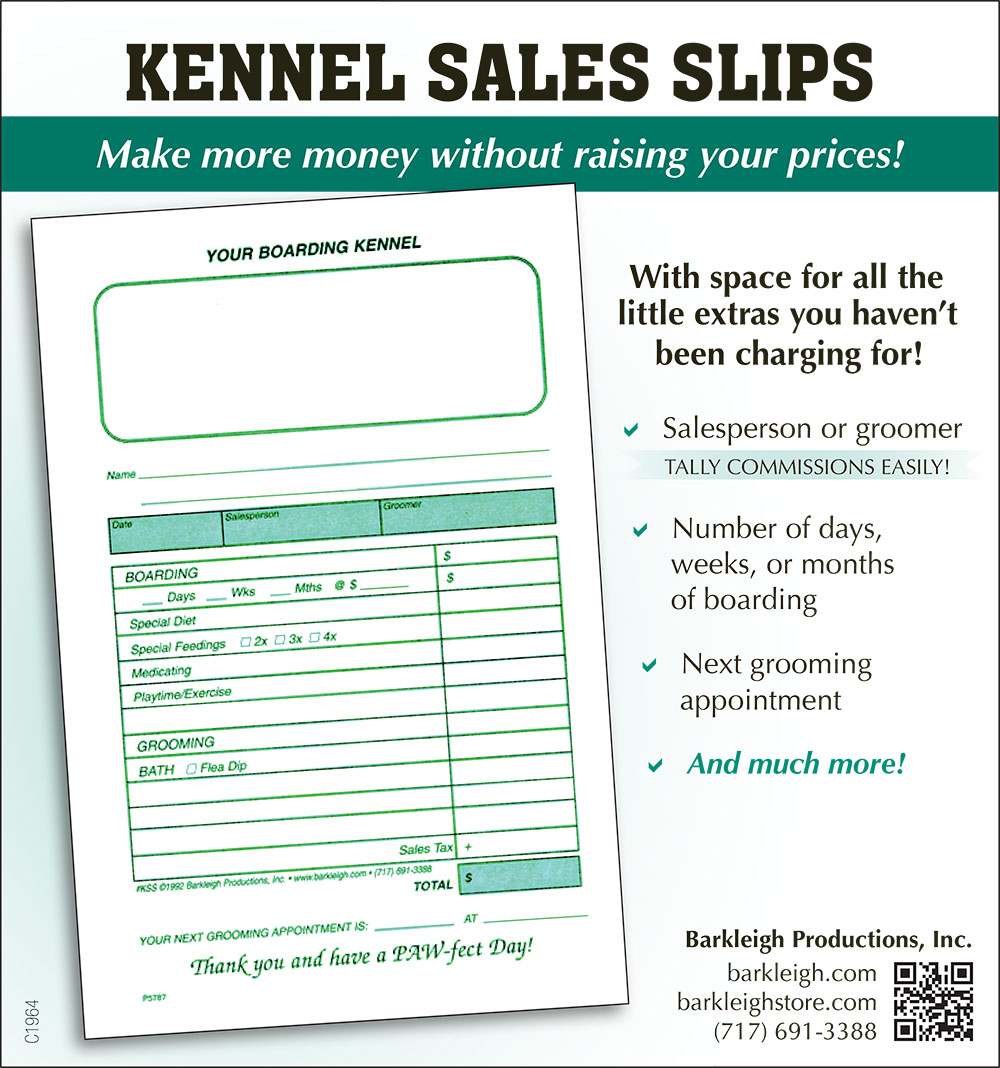

ccording to a survey by the Corporate Executive Board, 95% of Human Resource managers say they do not like their company’s performance review process.1 Would you agree? Sixty-five percent of employees say the performance review is not relevant to their jobs. Would your employees say the same?
 Heavily focused on activity and not outcomes.
Heavily focused on activity and not outcomes. Reviews what happened in the past.
Reviews what happened in the past. Too expensive in “people hours” and time-consuming.
Too expensive in “people hours” and time-consuming.
 Lacks consistency from manager to manager, hampered by personal biases.
Lacks consistency from manager to manager, hampered by personal biases. Creates awkward dynamic and competition between managers, employees and co-workers.
Creates awkward dynamic and competition between managers, employees and co-workers.Now that you know what is sabotaging your performance evaluation proceSs, what are the options for changing it? It is possible to benefit patient care, client service, team member performance and business success with your evaluation process.
Consider this: How many of you with Fitbits or other tracking metrics would succeed in your weight-loss or exercise program if the apps only give you a yearly report? You are blindly performing exercises and entering diet data for an entire year without knowing if it has a positive effect on the goal you hoped to achieve. Then, at the end of the year, you receive the report only to find out you failed to perform on one aspect and did great on another. Now what? How do you map out your next step? Did the medical procedure you had that past year affect your numbers? What about the fact that you started yoga? How would the exercise and diet recommendations have changed if the app knew this?
Annual performance evaluations are essentially the same thing—blindly performing a job, experiencing changes in the economy or business goals and changing personal focus on skills all affect job performance. Simply talking about it once a year isn’t helping anyone, including the business.
Here are some steps to take to change the performance evaluation process:
For instance, the practice discovers a problem with the wages paid as a percentage of income. The decision is made to put an end to all overtime hours. At the annual review, managers are told they failed to control the expense, and the team is told that raises cannot be given. How would this scenario change with ongoing feedback? At the end of the pay cycle, the numbers are reviewed, situations resulting in overtime scheduling are discussed, options are considered, certain team members are trained to perform new tasks so as to prevent overtime, and managers are now aware and able to respond appropriately to scheduling changes. Linking performance to the strategic plans of the business is a good thing.

For example, your practice heard about Fear Free and has decided to move forward with certification. None of this was discussed last year at any of the performance evaluations. Do you wait until the annual evaluations this year? Of course not! You need to get moving on this so you inform the team about the plan and map out the modules that everyone needs to take. Now, do you wait until the annual review to see how everyone is doing? No! You organize regular updates, training sessions and reviews, and you monitor how the implementation process is coming along and confirm what resources different team members need to complete the goals.
What is important to understand is that real-time feedback is fluid, much like what is going on in the industry. Changes in the economy and medical developments can occur quickly. You need to be able to respond to these changes, and you will be able to shift employee goals throughout the year as needed. Waiting until the annual evaluation does not allow you to do this and instead puts the business at risk of delivering poor service, in addition to conducting irrelevant performance discussions based on goals set almost a year ago.5
How many times have managers filled out lengthy forms only to have them filed and forgotten? The real-time feedback process enables smaller segments to be discussed more frequently, progress noted and roadblocks removed.3 Does this real-time feedback remove the “dread” from dreaded performance evaluations? Let’s review…
- Focus has been shifted to outcomes.
- What is happening now is reviewed, which is part of business strategy and personal improvement.
- It’s not as time-consuming to conduct quick updates.
- Consistency is improved, as everyone knows what is expected.
- Communication between managers and team members is improved.
Do not be one of those companies that spends time on inadequate annual evaluations; instead, spend time on developing the skills and knowledge of your team in real time.
- Meinert, D. (2015, April 1) Is It Time to Put the Performance Review on a PIP? SHRM. https://www.shrm.org/hr-today/news/hr-magazine/pages/0415-qualitative-performance-reviews.aspx
- Kenny, G. (2016, February 2). Fixing Performance Appraisal is About More than Ditching Annual Reviews. Harvard Business Review. https://hbr.org/2016/02/fixing-performance-appraisal-is-about-more-than-ditching-annual-reviews
- Wilkie, D. (2015, December). If the Annual Performance Review is on Its Way Out, What Can Replace It? SHRM. https://www.shrm.org/resourcesandtools/hr-topics/employee-relations/pages/performance-reviews-dead.aspx
- Duggan, K. (2015, December 15). Six Companies that are Redefining Performance Management. Fast Company. https://www.fastcompany.com/3054547/six-companies-that-are-redefining-performance-management
- Zillman, C. (2016, February 1). IBM is Blowing Up Its Annual Performance Review. Fortune. http://fortune.com/2016/02/01/ibm-employee-performance-reviews/

